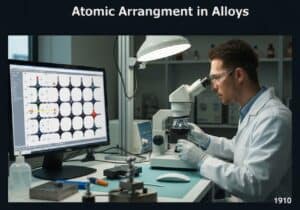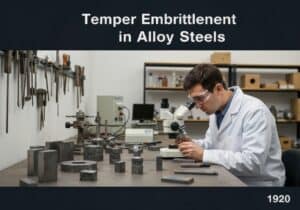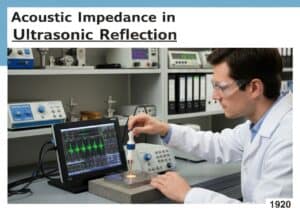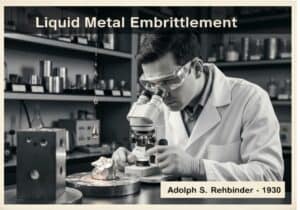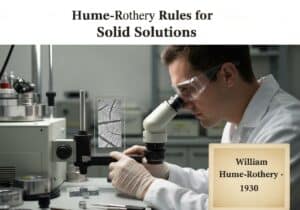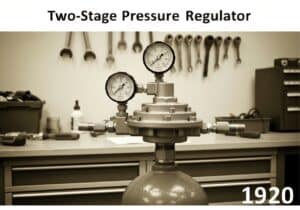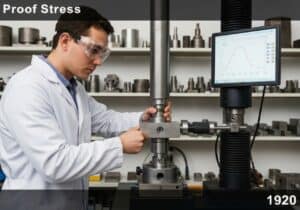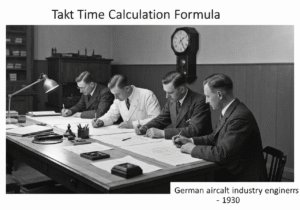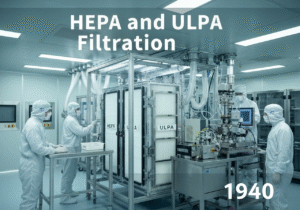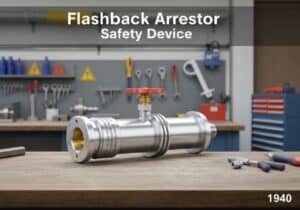Pitting corrosion is a localized form of corrosion that leads to the creation of small holes, or ‘pits,’ in a metal. It is one of the most destructive forms because it is difficult to detect, predict, and design against. Pitting can cause catastrophic failure of a structure with only a small percentage of total mass loss.
Lochfraßkorrosion
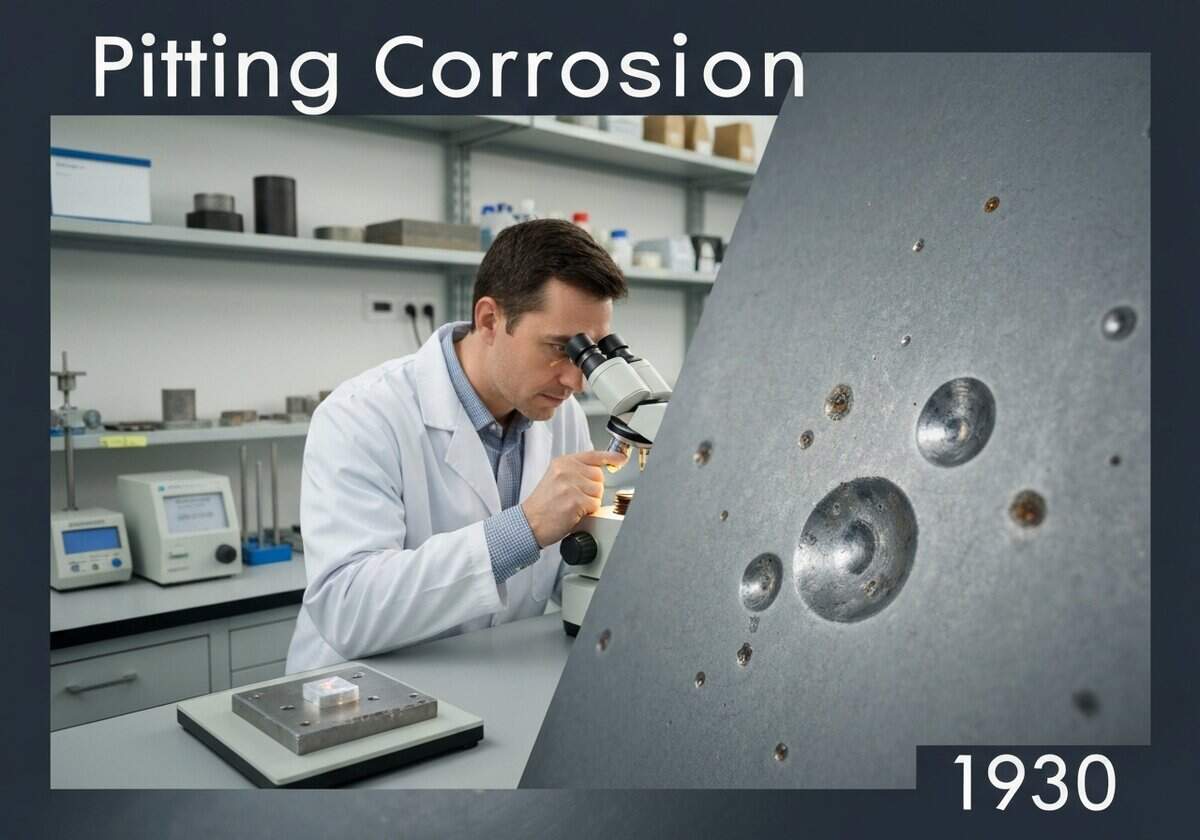
Pitting is an autocatalytic process. It typically initiates at small surface defects, inclusions, or scratches, especially on passive metals like stainless steel or aluminum. The process begins with the local breakdown of the passive film, often triggered by aggressive anions, most notably chloride ([latex]Cl^-[/latex]). Once the film is breached, an active corrosion cell is established. The small area of exposed metal becomes the anode, and the large surrounding passive surface becomes the cathode.
Inside the pit, metal dissolution occurs, for example [latex]Fe \\rightarrow Fe^{2+} + 2e^-[/latex]. The resulting positive metal ions attract negative chloride ions from the solution into the pit to maintain charge neutrality. This leads to the formation of metal chlorides, such as [latex]FeCl_2[/latex], which then hydrolyze with water: [latex]FeCl_2 + 2H_2O \\rightarrow Fe(OH)_2 + 2HCl[/latex]. This reaction produces hydrochloric acid, which dramatically lowers the pH inside the pit, making the local environment highly acidic and aggressive. This increased acidity further accelerates metal dissolution and prevents the passive film from reforming, creating a self-sustaining cycle that causes the pit to grow deeper. The exterior surface remains protected, masking the severe damage occurring beneath.
Typ
Unterbrechung
Verwendung
Vorläufersubstanzen
- Discovery and use of passive metals like stainless steel
- Understanding of electrochemical cells and passivation
- Increased use of materials in chloride-rich environments (e.g., marine, chemical industry)
Anwendungen
- failure analysis in chemical processing plants
- inspection protocols for pipelines and storage tanks
- materials selection for marine environments
- design of medical implants to avoid in-vivo pitting
Patente:
Mögliche Innovationsideen
!Professionals (100% free) Mitgliedschaft erforderlich
Sie müssen ein Professionals (100% free) Mitglied sein, um auf diesen Inhalt zugreifen zu können.
VERFÜGBAR FÜR NEUE HERAUSFORDERUNGEN
Maschinenbauingenieur, Projekt-, Verfahrenstechnik- oder F&E-Manager
Kurzfristig für eine neue Herausforderung verfügbar.
Kontaktieren Sie mich auf LinkedIn
Integration von Kunststoff-Metall-Elektronik, Design-to-Cost, GMP, Ergonomie, Geräte und Verbrauchsmaterialien in mittleren bis hohen Stückzahlen, Lean Manufacturing, regulierte Branchen, CE und FDA, CAD, Solidworks, Lean Sigma Black Belt, medizinische ISO 13485
Wir suchen einen neuen Sponsor
Ihr Unternehmen oder Ihre Institution beschäftigt sich mit Technik, Wissenschaft oder Forschung?
> Senden Sie uns eine Nachricht <
Erhalten Sie alle neuen Artikel
Kostenlos, kein Spam, E-Mail wird nicht verteilt oder weiterverkauft
oder Sie können eine kostenlose Vollmitgliedschaft erwerben, um auf alle eingeschränkten Inhalte zuzugreifen >Hier<
Historischer Kontext
Lochfraßkorrosion
(wenn das Datum nicht bekannt oder nicht relevant ist, z. B. "Strömungsmechanik", wird eine gerundete Schätzung des bemerkenswerten Erscheinens angegeben)
Verwandte Erfindungen, Innovationen und technische Prinzipien
